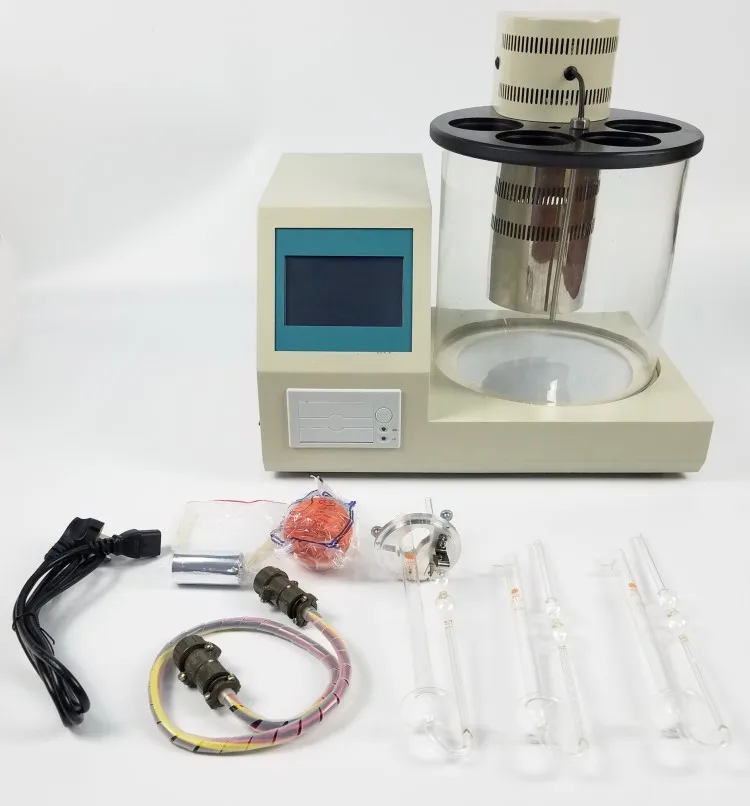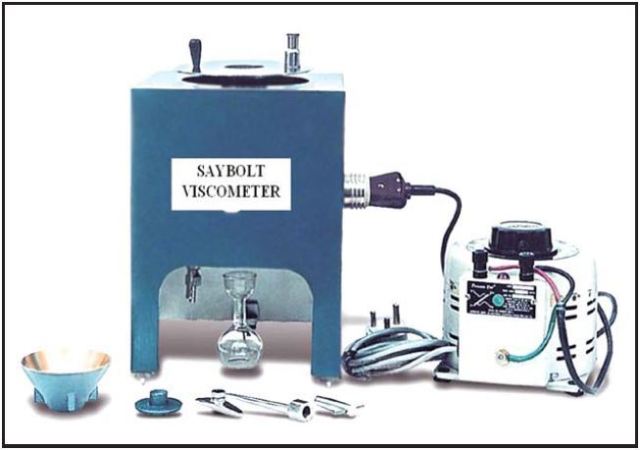


But this is the most commonly used method for oil viscosity tests.īut in this method, one important thing is that stating viscosity without temperature is meaningless. Depending on the resulting requirement sometimes this process is needed to be modified or converted into an automation system. This is the standard procedure of testing the kinematic viscosity of oil by a Capillary tube viscometer & known as ASTM D445 and ISO 3104. This capillary section also controls the flow rate of oil & calculates the resistance of the oil. And then oil flows through a narrow capillary section due to the gravity of the oil. The oil Sample is drawn towards a suction head when the suction head is released. In this method, the oil sample is placed in a U-shaped Glass capillary tube. You can do it with an oil viscosity test kit.

How to measure the viscosity of oil:Īs viscosity is a very important part of any oil & lubrication so you should also know about the way to measure the viscosity of the oil. Sometimes for the better performance of any oi l viscosity index improvers & viscosity modifiers are used. It is a measurement unit by which you can understand the viscosity change rate of any oil concerning the temperature change. If you deal with oil viscosity then you must have to know what is viscosity index. The SI unit of dynamic viscosity is Pascal-Second (Pa S), in this way, you will get the viscosity of oil in cp or centipoise. On the other hand, dynamic or absolute viscosity is the internal resistance that is created by the movement of the medium from one layer or another layer. Generally, kinematic viscosity is expressed by m²/s Where η is the dynamic viscosity of oil & ρ is the density of the medium. The kinematic viscosity of any medium would be found by following the formula: The unit of kinematic viscosity is Stokes (St) or Centistokes (cSt). Kinematic viscosity is the oil resistance to flow created internally due to shear & gravity. And the measurement of viscosity is also different for these two types of viscosity. Oil viscosity units are different for both types. There are two types of viscosity, one is kinematic viscosity & another is dynamic viscosity. Just like this if any oil moves more slowly than other oil, that means the oil is more viscous than the other oil. For example, if you pour Olive oil & Honey from the same place then you will see that olive oil is going faster than honey, this is because of the higher viscosity of honey. Shortly you can also say that viscosity is the internal resistance of oil to flow. Viscosity is the internal resistance to the flow of a fluid or this is the basic parameter of oil or any fluid by which we can understand how much thicker or thinner the oil is.


 0 kommentar(er)
0 kommentar(er)
